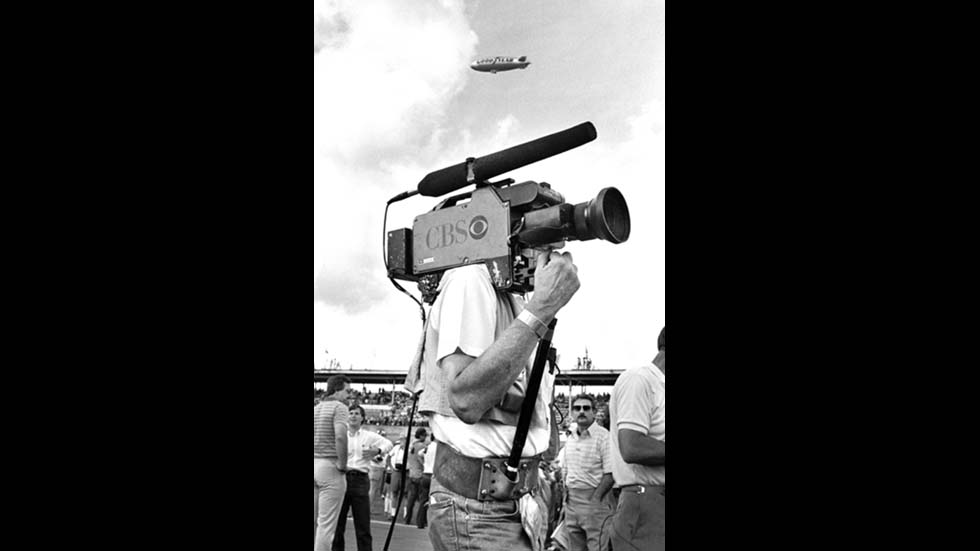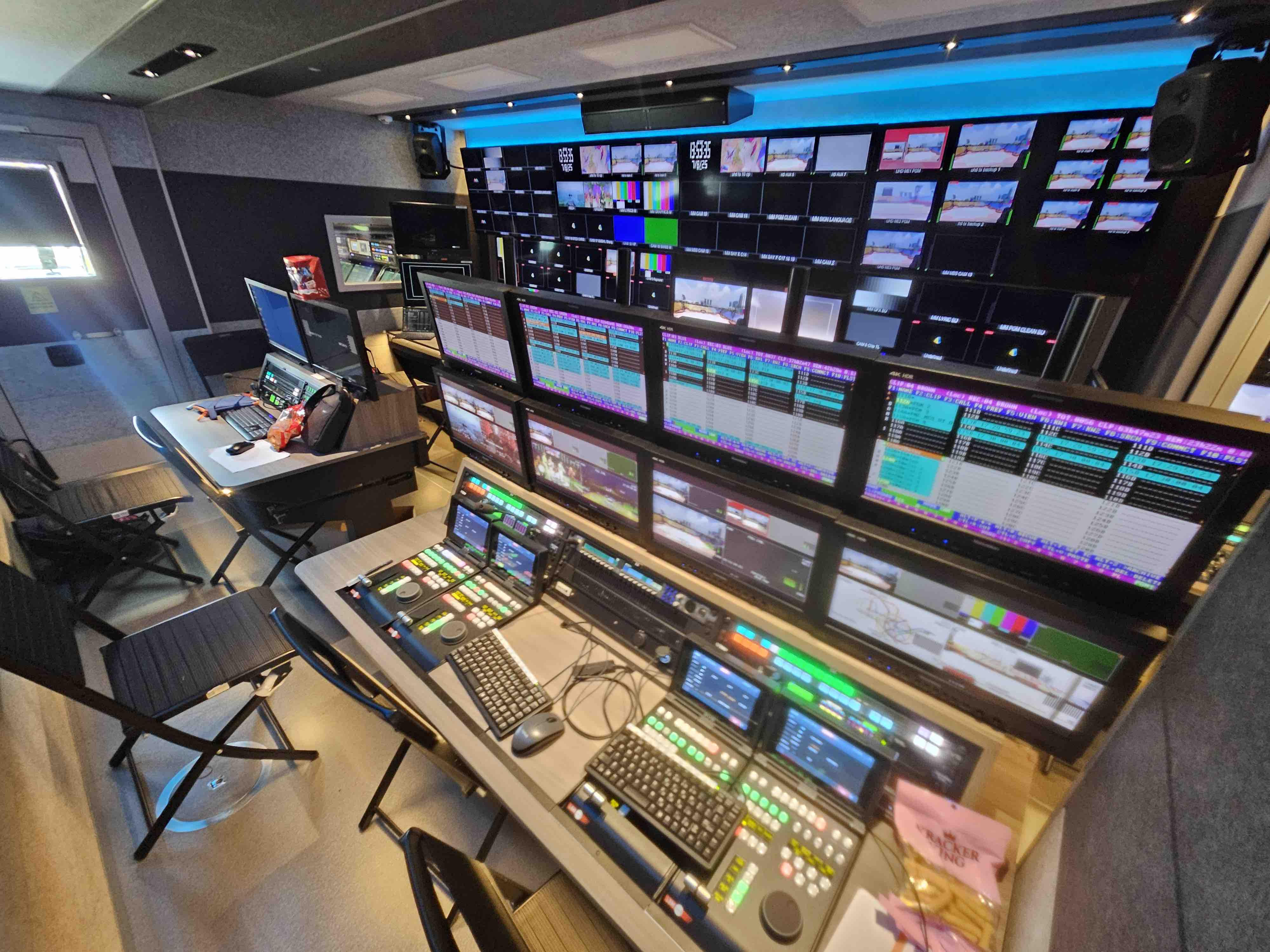From Videotape to AI: 40 Years in Media Tech
In a four-decade journey, change is the only constant

Over the years, there has been one thing I have consistently written about: change. How are things evolving, and what can we do to get ready for these changes? In this column, I want to share my thoughts on the future, based on four decades of experience in guiding clients through uncertain times. Recently, many of us attended the NAB Show, which reminded us that the future in the media industry is always uncertain.
Change is unpredictable. If you look at the NAB Show agenda from 10 or 15 years ago, you will notice that some big topics back then, like 3D television, did not have the impact we thought they would. On the flip side, today’s hot topics, like artificial intelligence, barely got a mention back then.
No one can predict the future perfectly. To get ready for different possibilities, it is crucial to have a flexible business model, a talented team, and adaptable technology. These factors are all connected; a change in one affects the others. During my career, I have seen a lot of unexpected changes.
Oddly, innovative ideas would pop up quickly and shift our thinking but fully implementing them often took much longer than expected. For instance, moving from tape to file-based workflows took decades after it started.
Think about how things have changed over the last 40 years:
1985
When I first got into the industry, tape formats were the critical topic. Betacam had come onto the scene, but everyone was wondering if they should wait for Betacam SP or M2. We had computers, but they were just for text and not part of our workflow. Tube cameras were the norm, and edit rooms looked like space launch control centers. Cable TV was growing like crazy.
A camera operator needed a big, shoulder-mounted camera with a battery belt and a tape deck. Using the camera meant serious training and daily upkeep. Editing required a room that cost $20,000 to $30,000 for basic cuts and up to a $1 million suite (in 1985 dollars) for full effects.
The professional video industry's #1 source for news, trends and product and tech information. Sign up below.
Back in 1985, distribution channels were limited. Without network backing, you would have had to go through public access TV or distribute VHS tapes yourself, which made getting your content out there tough.
1995
We were now getting into file-based systems. Computers could make videos! We developed nonlinear editing and many other computer-based technologies and began to slowly—very slowly—get rid of tape in our facilities. We had solid-state cameras. Cable had exploded and the internet was just entering our consciousness.
2005
The digital revolution was underway in more than one sense of that word. Digital TV! Internet-based video services. Standardized HDTV was here, and in the U.S. we were trying to figure out how to deal with the move from 4:3 to 16:9 aspect ratios. Phones did more than make calls and were everywhere. They had screens that were playing video. User-generated content (UGC) was arising in online services. Cat videos were everywhere.
By 2005, that cameraperson had an integrated camcorder that was solid state with no need for separate battery and VTR. Consumer camcorders were in the market for under $1,500 with superior performance to the images of 1985 and it was a more stable and easier-to-use device. We now could edit on a computer and an edit suite was $5,000 with full mix and effects capabilities.
Think about what a difference that is—in 20 years, we made professional-quality media production capabilities available to anyone who could pull together single-digit thousands of dollars, down from nearly $1 million. Many more people could make content, and they were.
You had many more options for distribution. There were hundreds or even thousands of TV channels and you also had internet-based distribution options including early social media and streaming services. You had a greater chance of being seen by audiences.
2015
Change continues; now we are talking 4K, even early 8K! Streaming is all the rage and we are now immersed in augmented reality (AR) and virtual reality (VR). ATSC 3.0 was on the drawing board. Targeted ads were driving new revenue and the competitive landscape was changing with new media entrants.
2025
Any number of trends are critical today. Of course, there is AI, as has been discussed extensively in this column. But not just that—our business is being severely disrupted by streaming wars and the rise of social media, especially by Generation Z. We have mobile devices that can shoot professional quality videos and even edit them.
Today, all the capability you need to make professional content is in your pocket for under $1,000. You can shoot and edit high-quality content with professional-grade mix and effects with the device you carry around with you every day: From around $2 million in today’s dollars to less than $1,000 in 40 years.
You also have a tremendous number of options to get your content out; self-publishing is available to anyone on video-sharing sites and social media and the audience is now there. You can go “viral” if you have the right content and monetize without the same level of difficulty you would encounter just 20 years before.
2035
Can you predict what 2035 will look like?
I cannot. But there are some clear trends here we should recognize to help us look forward. There is a megatrend in the above: From 1985 to 2025, content production and distribution were democratized dramatically, from the few people who could make and distribute professional content to almost everyone.
I have every reason to believe that these democratization trends will continue. We have evidence that they will already. When it comes to production the obvious continuation is with generative AI. And there will also be new forms of distribution with Agentic AI playing a role. More on that in a future column.
Be Ready for the Future
Regardless of what future comes, we can be prepared for anything; we can act now. Here are some key truisms I have learned in architecting systems and workflows while engaging in transformation efforts from getting off tape to turning on AI.
What is most important here is to focus on business. All the technology and operational decisions are downstream of what the business is trying to accomplish. Of course, engineers are creative, too, and should become even more embedded in business to provide innovative ideas.
From a technological perspective, there are a couple of key things that will always be good to engage in—not only for your needs today, but to be ready for the future. You need to have a highly flexible infrastructure on which the business runs and a systems architecture that is flexible and easy to change. What does that mean in the modern era? Well, certainly commodity hardware and virtualization where possible, and cloud is appropriate in many cases to provide flexibility.
From a systems standpoint, you need the ability to manage and orchestrate best-in-class capabilities and operations. I started talking about Service Oriented Architecture nearly 20 years ago. You need to decompose your business requirements to workflow steps that fulfill those requirements; you then need to look at how to create services that can be reorchestrated or changed without breaking everything else. The term “Service Oriented Architecture” is not dead and applies today just as much as it used to. It’s worth getting familiar with, as AI does not deprecate SOA.
And then there is our data layer, which often lacks a unified source of truth or consistent dwata. We need to continue to engage in the endless project of making our data layer better through master data management, governance, metadata cleansing and even metadata generation. We need to do everything we can to have a clean pool of data our systems can rely on. AI only really works with good data to train and execute with.
I hope all this gives you comfort that you will not be out of work soon. It has been an incredible 40 years. I believe that in the next 40 years, we will have at least as much change to work through and enjoy. We all have much to do between now and 2035. Let’s get to it!
With more than three decades of M&E experience under his belt, John Footen is a managing director who leads Deloitte Consulting LLP’s media technology and operations practice. He has been a chairperson for various industry technology committees. He earned the SMPTE Medal for Workflow Systems and became a Fellow of SMPTE. He also co-authored a book, called “The Service-Oriented Media Enterprise: SOA, BPM, and Web Services in Professional Media Systems,” and has published many articles in industry publications.

